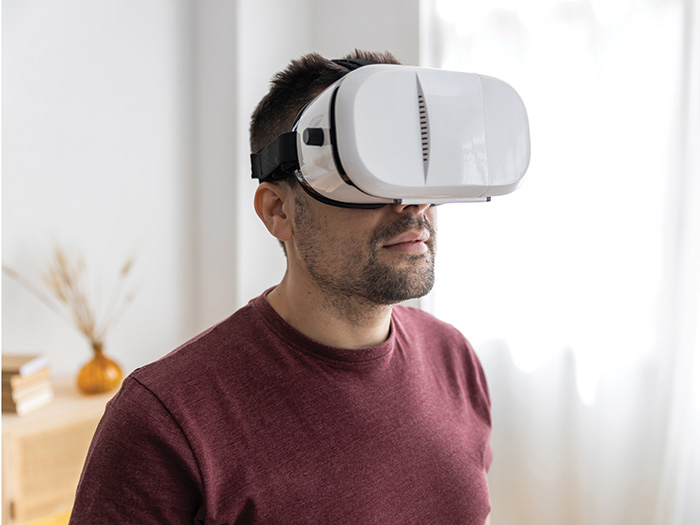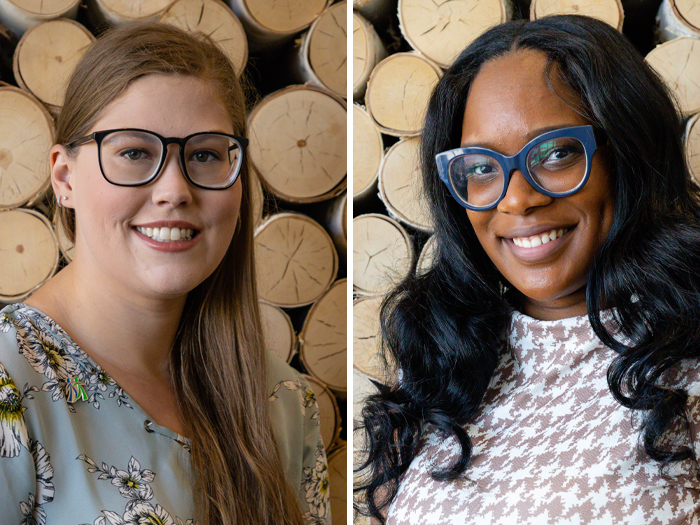Stalled Claims Could Benefit from These Tech Innovations in Workers’ Comp

The medical management picture for workers’ comp has become increasingly complicated as the industry reckons with the forces of a post-pandemic world and the changing nature of work, but the problems remain the same: supporting injured workers to drive return-to-work.
To get the green light from all parties involved in a claim, workers’ comp payers and service providers are accepting novel ideas in ways that were previously unimaginable.
Technology and Behavioral Health Innovation
“Behavioral health issues have always been present in workers’ comp. Society’s awareness is increasing, and as that is improving, it’s slowly starting to change the way we acknowledge it in the work comp industry,” said Dr. Kathleen Fink, associate medical director, Optum.
“Years ago, there was a change to improve by making the treatment for psychological issues part of the medical condition. You didn’t have to treat under a separate psychological diagnosis; you treated under the medical condition. We thought that that was going to open the gates and let people receive the treatment they needed, but unfortunately that’s been really slow to progress.”
Recently, though, as the rise of the biopsychosocial model of care both in workers’ comp and group health has manifested, the progress has been steady — in particular, the use of technology to identify risk for behavioral health problems like depression and anxiety.
Companies are investing heavily in tools that run the gamut from virtual reality to automated risk scores.
“Every work comp injury is a behavioral health injury, and that is something that is now being realized as a part of work comp claims — it is not something that has changed,” explained Bardavon Health Innovations chief medical officer Dorothy Riviere.
“I’ve been a physical therapist for over 20 years, and we spend a lot of time with injured workers, probably more than almost any medical touchpoint that we have. Therefore, we have had to understand the link between the physical recovery and behavioral recovery of a patient. We always said that if you can get a patient to say ‘I think I’m going to get better,’ most of your work is done. The hardest part of your work was done — the rest is using your skill and knowledge to improve the physical.”
Bardavon recently acquired PeerWell to further its focus on the biopsychosocial in practice by providing injured workers with digital-based musculoskeletal injury techniques to employ in combination with the clinical setting.
Beyond the Norm
Improving the physical has grown to include more than just typical modalities for innovators in the space, especially as it relates to the combined treatment of behavioral health and pain management, a near constant when a claim stagnates.
“Whenever we hear someone talk about what they can’t do and their pain, especially if we can’t tie it to something physical, it’s important that we understand what else is potentially impacting them,” said Melissa Burke, vice president, head of claims integrated solutions at AmTrust.
Burke’s organization has prioritized cognitive behavioral therapy as a key treatment for stalled claims with mental health components, and has seen great results.
“We have to look at how the injury occurred. In one case, we had an employee that was cut in the face during a robbery of their location. Her injury healed, but the PTSD associated with it was what really prevented her from returning to her job. We had to provide her those resources and connect her with someone that could help support her. Those are the pieces we need to think about all the time. It’s the questions we ask — how are they focused on their abilities?”
Aside from asking the right questions, workers’ comp medical management experts have fully turned a corner on the use of analytics to inform claims adjusting functions that were once time-consuming and subject to errors due to volume.
These tools have the added value of increasing the likelihood that an adjuster can take the necessary time to ask the right questions.
“Using the data that we have, we’re able to use the analytics to stratify patients,” explained Dr. Fink of Optum’s method.
“Those data points may be medications, refills, the number of medications, the diagnosis, how soon or far out they are from their injury — all of those things can point us in a direction. Someone recently injured in a motor vehicle accident may have some anxiety associated with that injury. With the stratification, you can make an intervention, evaluation, then subsequent treatment can happen, including coping mechanisms and relaxation techniques, even virtual reality for desensitization to allow them to be back in the car without that involuntary response of panic, which can result in better outcomes and is a non-pharmacological treatment.”
VR Trending
The use of virtual reality (VR) in particular has been a trend driving substantial investment across health care, especially for chronic pain, and its beneficial uses for clinical psychological practice are well documented in cutting-edge research.
A 2022 research review published in Dialogues in Clinical Neuroscience found that, especially for exposure-based treatments like the one Dr. Fink’s patient found success with, VR may be the next generation of treatment to show significant benefits.
However, the authors note that innovative approaches for VR utilization still have far to go, and there are persistent cost and access barriers.
Still, VR for chronic pain continues to get attention. A 2021 narrative review in the Association of Anaesthetist’s journal showed that 12 of the 18 studies under consideration found reduced pain scores in acute or chronic pain. The types of pain studied also revealed impressive breadth: researchers used VR for labor pain, wound dressing and various chronic pain conditions.
Similar to Optum, CorVel has employed VR with success.
“It’s really critical to begin education early on with people, to help them understand pain and what causes it, so that they can address it proactively, not just with medications,” said Karen Thomas, director, case management innovation, CorVel.
CorVel has partnered with Harvard MedTech to offer a combination of virtual reality along with behavioral coaching to help address pain, depression, post-traumatic stress disorder syndrome and anxiety. This is in addition to the clinical support built into the model, which begins with 24/7 triage nurses and is followed by a transition to early intervention advocates — those nurses who pick up where the triage nurses leave off.
“We use our technology, the claim risk score. Nurses in the progression of care are documenting in our system attitude, sentiment and belief that we identify very early on, and that may lead to issues with pain management, so we can get ahead of the curve,” Thomas explained.
As with Burke and Fink, for Thomas’s program, the holistic approach allowed for the types of successes that the workers’ comp industry cheers.
“We had a first responder who was doing well in recovery in terms of his medical issues but was struggling with depression and anxiety, and that began to impact his response to pain,” Thomas recalled.
“It was escalating, and his wife reached out to his case manager about his mental wellbeing. We got him into the connected care program, and with the help of his physician and the connected care physician, and some input from the CorVel pharmacist, they reached out to his treating physician and were able to develop a plan of care that involved some psychological support and counseling, and he was able to turn himself around and return to work. He and his wife went on to have another child, and I think that has everything to do with the support he received.” &












